
views
X
Research source
With the number of thefts on the rise, it’s more important than ever to protect this valuable part. Luckily, there are several effective things you can do so thieves are less likely to target your vehicle. Keep reading to find out how to stop catalytic converter theft and what you can do in case yours does get stolen.
- Paint your catalytic converter a bright color to help deter thieves from stealing it.
- Install an anti-theft shield or cage over your catalytic converter so it’s harder to access.
- Weld your catalytic converter to the frame of your car so it's hard for thieves to remove.
- Adjust your vehicle alarm’s sensitivity so it better detects any vibrations from thieves.
Theft Prevention Tips
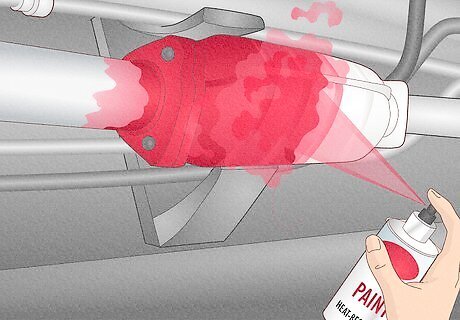
Paint your converter a bright color. Painted catalytic converters are more difficult to sell since scrapyards know that they’re stolen, meaning thieves are less likely to take them. Use a red or orange high heat spray paint so it can tolerate when your exhaust system gets hot. Jack up your vehicle and find the catalytic converter, which looks like a large cylindrical piece on the main exhaust line. Scrub the catalytic converter clean with a scouring pad and rubbing alcohol. Then, apply 2–3 coats of spray paint so it has a clean, even appearance.
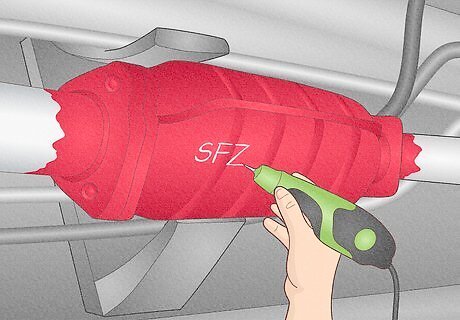
Engrave your VIN onto your catalytic converter. Catalytic converters with VINs carved into them are harder for thieves to sell, so they’ll avoid stealing them. Find your vehicle’s VIN at the base of the dashboard or on your vehicle’s registration, and write it down. Get underneath your vehicle so you can access the catalytic converter. Use an engraving tool to carve the number in a few different places on the converter.

Increase your vehicle alarm’s sensitivity. Check your vehicle’s manual to see if it has an adjustable alarm setting. If it does, increase the sensitivity so the alarm goes off if thieves lift or tilt your vehicle trying to access the catalytic converter. If your vehicle doesn’t have an alarm system, install an aftermarket car alarm for your catalytic converter.
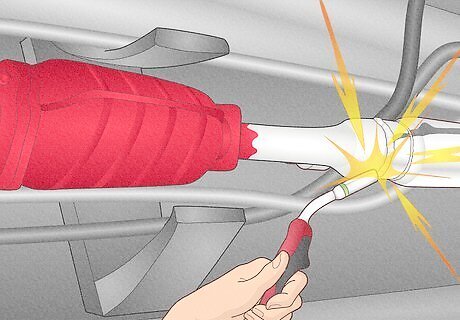
Weld the catalytic converter to the frame. If your catalytic converter is bolted onto your exhaust system, weld the pieces together so thieves can’t just unscrew the bolts. Alternatively, weld extra pieces of sheet metal over the bolts to cover them. If you don’t feel comfortable welding yourself, take your vehicle to a mechanic. When it’s time to replace your catalytic converter, you’ll need a saw to cut through the welds on your exhaust pipe if you choose to do repairs yourself. Otherwise, a mechanic can do it for you.

Install an anti-theft shield or cage. An anti-theft shield or cage is a piece of metal that fits over your catalytic converter so thieves aren’t able to access it. Just bolt the shield or cage onto your vehicle’s frame so it’s secured. Ask your mechanic if they have any special anti-theft devices they could install on your vehicle. They may have more options that aren’t available at the store.

Put up security lights or cameras around your parking spot. If you have to leave your vehicle parked out in the open, invest in some motion-sensor lights to help scare away potential thieves. For even better protection, put a few security cameras where thieves can easily see them so they know they’re being recorded.

Park in well-lit or enclosed areas. If you’re parking in a public place, choose a populated area with a lot of light since thieves are less likely to target your vehicle if they think someone is watching. If you have a garage at home, park inside so no one can access your vehicle.
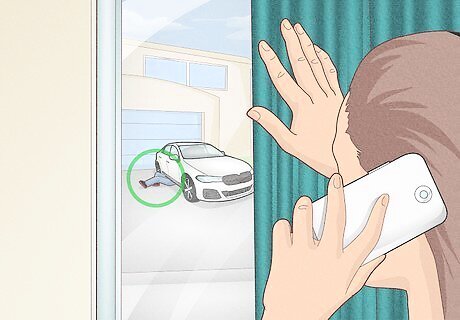
Start a neighborhood watch. Reach out to your neighbors and let them know that you’re concerned about catalytic converter thieves in your area. Let them know to watch out for any suspicious activity, like people working on vehicles late at night. If you suspect someone was trying to steal your neighbor’s catalytic converter, let them know right away so they can be on alert.
What vehicles are a target for theft?

Hybrid vehicles are the most common targets. Hybrid cars have larger catalytic converters and they may even have multiple on the exhaust line. Since the catalytic converters are bigger, they contain more rare metals like palladium, platinum, and rhodium that are valuable when they’re sold for scrap. The most common targeted makes and models are: Toyota Prius Honda Element Honda Accord

Pickup trucks & SUVs have easy-to-access catalytic converters. Since trucks and SUVs are higher off the ground, thieves don’t need to jack them up to reach the catalytic converter. Common trucks and SUVs that are targeted are: Honda CRV Ford Econoline Ford F-250 Ford Excursion Toyota Tundra Toyota Sequoia Toyota Tacoma

Any vehicle made after 1975 is a potential target. Back in 1975, the EPA mandated that all cars have catalytic converters installed so emissions were less harmful. Therefore, any vehicle made after 1975 can technically be targeted, although the vehicles listed above are the most common targets.
Signs of a Stolen Catalytic Converter
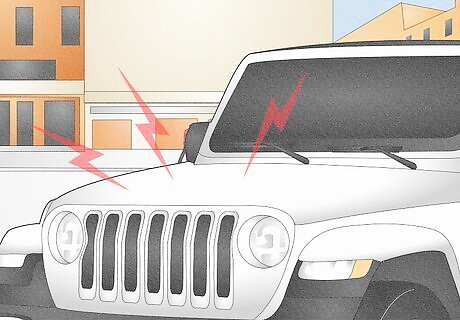
Loud engine roar Since the catalytic converter is missing on your exhaust line, your engine will loudly rumble right when you turn it on. If you try accelerating, then the roar will get even louder.
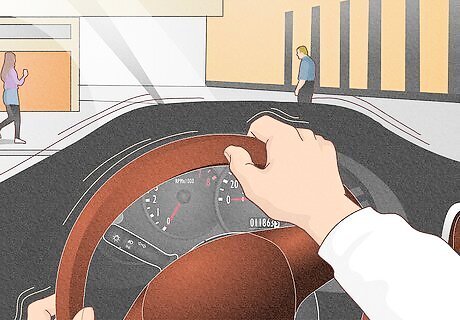
Rough driving and accelerating If you press down on the gas pedal, check if your engine is sputtering or having a hard time keeping up. If it is, it’s a sign your exhaust isn’t working properly, which may mean your catalytic converter is missing.

Rotten egg smell Since the exhaust isn’t passing through the filter in the catalytic converter, it still has a strong and unpleasant odor. If something smells odd or if you’re getting lightheaded while you’re driving, check if your catalytic converter is still there.
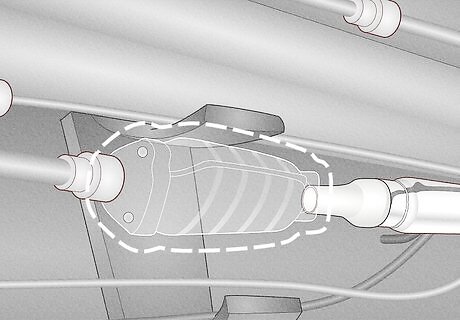
Large gap in your exhaust line Jack your vehicle up and look for the main exhaust line running from your engine to your tailpipe. Your exhaust line should be one continuous length without any gaps, so a missing section means your catalytic converter was taken. You may also see rough edges or sharp cuts on the exhaust pipe if someone used a saw to cut through it.
If Your Catalytic Converter is Stolen

Report the theft to the police department. Contact your local authorities as soon as you discover your catalytic converter is missing. Give the police information about you and your vehicle, and let them know what happened. They may be able to find the culprit who took your catalytic converter, and you’ll need the police report for any insurance claims you file.

Check if your insurance covers catalytic converter theft. Most full-coverage insurance covers catalytic converter theft, so double-check your policy. File a claim as soon as you can so you only have to cover your deductible rather than paying full price for any costly repairs or replacement parts.
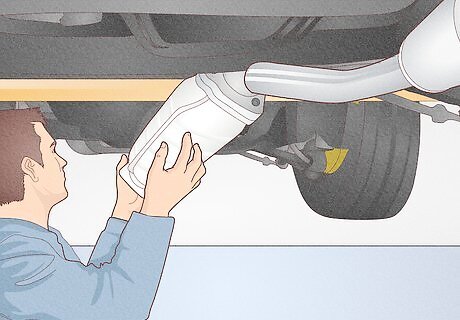
Take your vehicle to a mechanic for a replacement. Have your vehicle towed in for repairs since you shouldn’t drive around without a catalytic converter. Since you’re normally required to have a catalytic converter on your vehicle, let the mechanic install the new part on your exhaust line so you can start driving again. Catalytic converter replacements could cost anywhere from $1,000–3,000 USD.




















Comments
0 comment